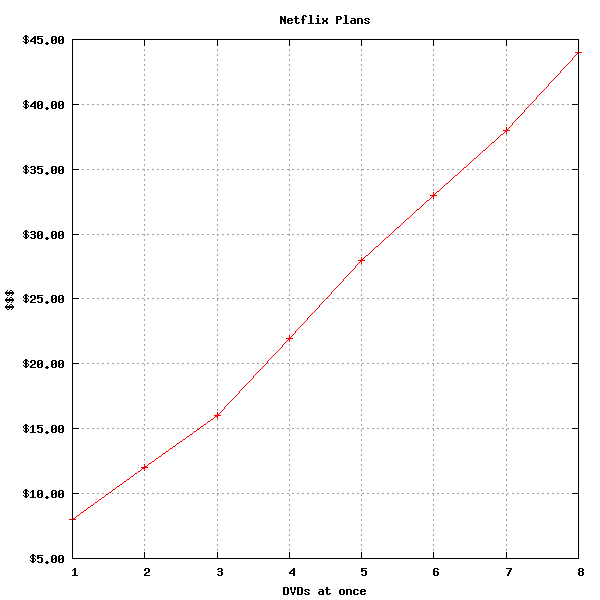I’ve posted a simple skeleton template that I use for setting up local yum repos for RHEL/Centos. There should be sufficient directions in the README (copied below).
Description
===========
This is a very simple template of a yum repository. It is the structure that I
use for maintaining a local repo of RPMs for RHEL/Centos 4/5/6.
USAGE
=====
There is a trivial makefile at the top level of the tree that will run the
[createrepo](http://createrepo.baseurl.org/) utility on the 2nd level of
directories in the tree and create/update a non-GPG signed yum repository. The
tree structure should be as follows:
.
|-- 4
| |-- i386
| `-- x86_64
|-- 5
| |-- i386
| `-- x86_64
`-- 6
|-- i386
`-- x86_64
The `createrepo` command will be run on (4|5|6)(i386|x86_64) but not the first
level dirs (4|5|6). After `createrepo` finishes running, you should have one usage repo for each major release number and architeture.
.
|-- 4
| |-- i386
| | `--repodata
| `-- x86_64
| `--repodata
|-- 5
| |-- i386
| | `--repodata
| `-- x86_64
| | `--repodata
`-- 6
|-- i386
| `--repodata
`-- x86_64
`--repodata
To create/modify the working repos just run after adding/removing RPMs from the appropriate $releasever/$basearch and your yum repo is ready for use.
# copy rpm(s) to some arch dir like 5/x86_64
makefile
Adding a different arch just recreates creating a directory in the correct
place. For example, to add RHEL5 PPC support:
mkdir 5/ppc64
# copy some .rpms --> 5/ppc
makefile
PUPPET EXAMPLE
==============
Here is a simple example of a puppet class that will setup the repo with the
Yumrepo type. It should work for RHEL/Centos 3/4/5/6 and beyond.
class yum-local {
case $operatingsystem {
'redhat', 'centos': {
yumrepo { 'local':
descr => 'my local repo',
baseurl => 'http://example.org/nso/$releasever/$basearch',
enabled => 1,
gpgcheck => 0,
priority => 1,
}
}
}
}
